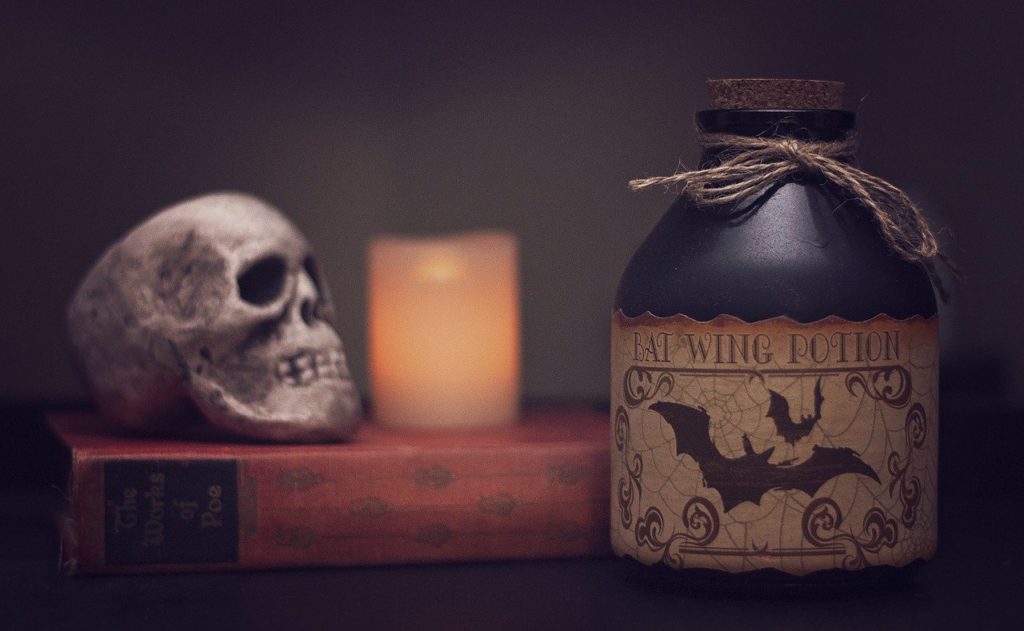 How to Terrify your readers with a well-written Monster…
How to Terrify your readers with a well-written Monster…
With Halloween on the horizon, now is the perfect time to turn our attention to our notepads and keyboards and use our spooky festivities as inspiration for our writing.
Monsters have been an integral part of the horror genre for decades, but creating a truly scary monster that will keep your readers on the edges of their seats is not an easy task.
This article will give you practical writing advice on how to achieve a truly horrifying monster in your writing.
The first thing you need to consider when creating your monster is its functionality.
How does it function within the text? To figure this out, this requires you to make a monster character profile detailing the monster’s key characteristics. You need to consider what actually is your monster. Try to add as much detail as possible to your character profile; you need to be able to give details about what your monster is, what it looks like, sounds like, smells like, and where it comes from.
Your monster doesn’t need to fit logically into the real world, but it needs to be able to function within the fictional world you have created. This means that your character profile needs to add up – if your monster has thick fur does it make sense that it exists within the hot climate of your fictional world? Let’s look at Mary Shelley’s description of Victor Frankenstein’s monster in her famous horror novel Frankenstein:
“His limbs were in proportion, and I had selected his features as beautiful. Beautiful! Great God! His yellow skin scarcely covered the work of muscles and arteries beneath; his hair was of a lustrous black, and flowing; his teeth of a pearly whiteness; but these luxuriances only formed a more horrid contrast with his watery eyes, that seemed almost of the same colour as the dun-white sockets in which they were set, his shrivelled complexion and straight black lips.”
In this passage, Mary Shelley provides readers with a very clear description of what Frankenstein’s monster looks like; we know what colour his skin is, what his eyes, hair and teeth look like and not only this, but the description is totally plausible within Mary Shelley’s fictional world. This is an effective way to create a scary monster, but it can only be achieved through meticulous character planning.
Another way to effectively scare your audience is by tapping into what people fear.
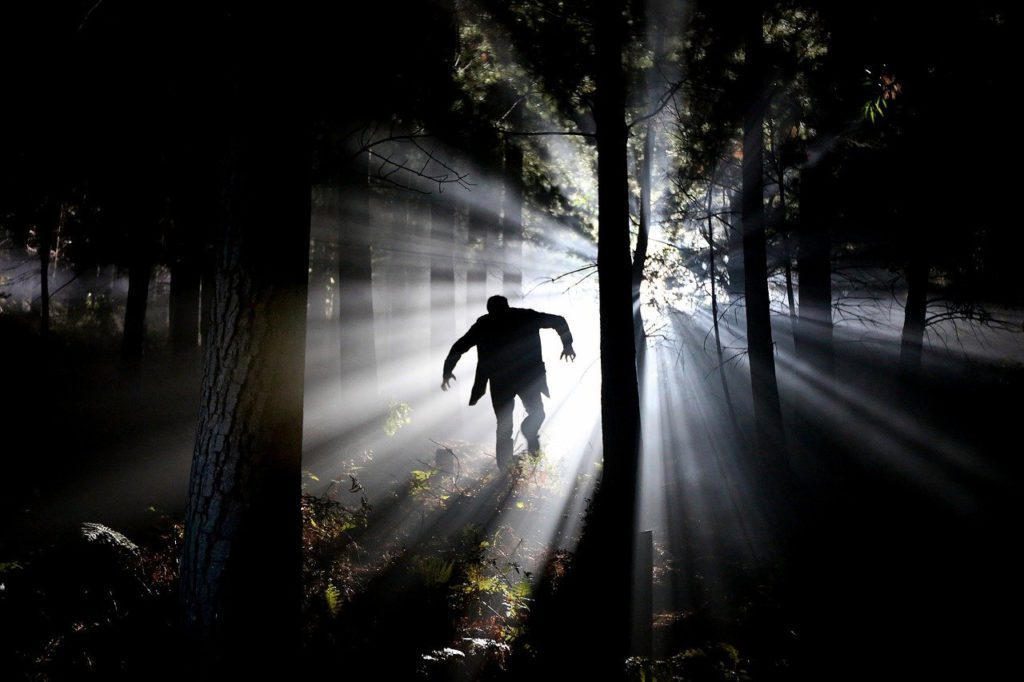 Some of the most common phobias are arachnophobia (the fear of spiders), taphophobia (the fear of being buried alive), claustrophobia (the fear of enclosed spaces), and entomophobia (the fear of insects.) Through using a common phobia as part of your monster creation, you will be able to tap into your reader’s deepest overwhelming fears to help create a truly terrifying monster. Also by using a fear that may belong to one of your main characters – you can create an effective story arc where near the end of the story – the character overcomes the fear and succeeds in destroying the monster or a overcomes a significant hurdle.
Some of the most common phobias are arachnophobia (the fear of spiders), taphophobia (the fear of being buried alive), claustrophobia (the fear of enclosed spaces), and entomophobia (the fear of insects.) Through using a common phobia as part of your monster creation, you will be able to tap into your reader’s deepest overwhelming fears to help create a truly terrifying monster. Also by using a fear that may belong to one of your main characters – you can create an effective story arc where near the end of the story – the character overcomes the fear and succeeds in destroying the monster or a overcomes a significant hurdle.
But using phobias is not enough in order to create an effective monster. You need to combine a common phobia with a typical character trait of monsters; their gruesome capacity for violence. Not only are monsters your biggest fear, but they are capable of destroying you in a particularly graphic and disturbing way.
Let’s look at how Stephen King, a legend of the horror genre, crafts his monster in his short story The Little Green God of Agony:
“Melissa had seen where the thing came from and even in her panic was wise enough to cover her own mouth with both hands. The thing skittered up her neck, over her cheek, and squatted on her left eye. The wind screamed and Melissa screamed with it. It was the cry of a woman drowning in the kind of pain the charts in the hospitals can never describe.”
This short segment shows how Stephen King has combined a common fear of insects with a particularly gruesome violent act. Monsters don’t have to be big, scary beasts that hide under your bed, they can be something as simple as an insect as long as they tap into a commonly experienced phobia. To practice this technique of monster creation, think about what your biggest fear is. Write it down and try to create a character profile in 5 minutes that uses your own phobias or fears however common or uncommon they may be. If your character is able to scare you, then it might just be a monster worth writing a book about!
Another key element that makes truly terrifying monsters is the unknown.
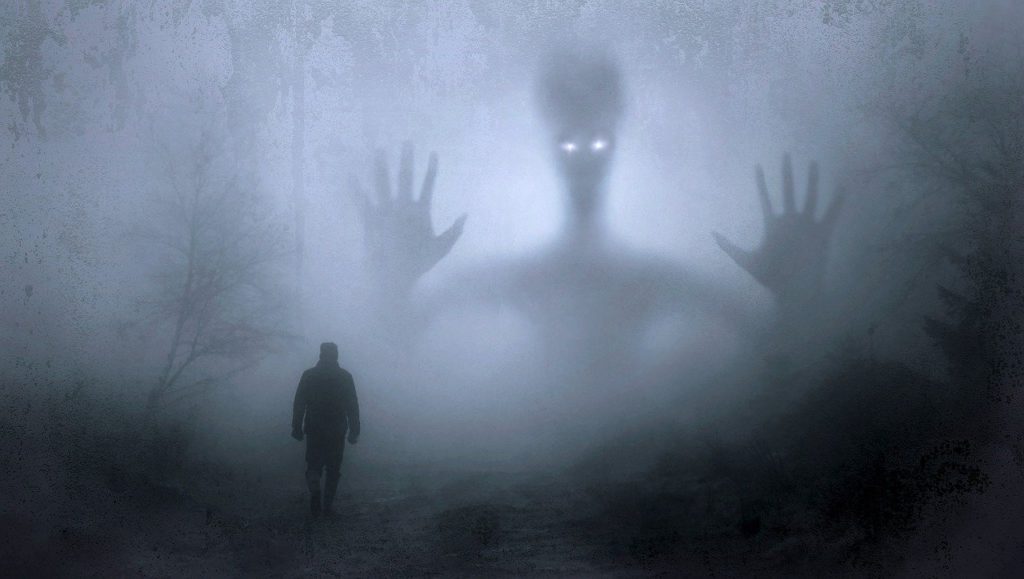 Albert Einstein once said that “imagination is more important than knowledge” and this is certainly true when it comes to writing a monster. Although a clear description of your monster is effective in creating a clear mental image, keeping elements of your monster unknown to the reader is a great way to create suspense and terrorise your reader. Our imagination makes monsters scarier, so if we are not told some crucial information, our brains will try to fill in the blanks which tends to make characters or plots more terrifying.
Albert Einstein once said that “imagination is more important than knowledge” and this is certainly true when it comes to writing a monster. Although a clear description of your monster is effective in creating a clear mental image, keeping elements of your monster unknown to the reader is a great way to create suspense and terrorise your reader. Our imagination makes monsters scarier, so if we are not told some crucial information, our brains will try to fill in the blanks which tends to make characters or plots more terrifying.
This technique not only creates suspense but enables us to add depth and character development as the monster might not be as monstrous as it is first made out to be. The perfect example of this is in Beauty and the Beast; at first the Beast is depicted as monstrous and dangerous but as the story develops we see his softer side and the true villain is revealed to be Gaston and not the Beast at all. To hone this technique, treat your monster the same way as you would your people characters; people are multi-faceted with multiple dimensions to their character, so this applies to monsters too.
If you enjoyed this article and are still looking for your horror fix, check out these articles such as The Redemption of the Monster and How to Write a Ghost Story in Jamesian Style also by The Writer’s Initiative.
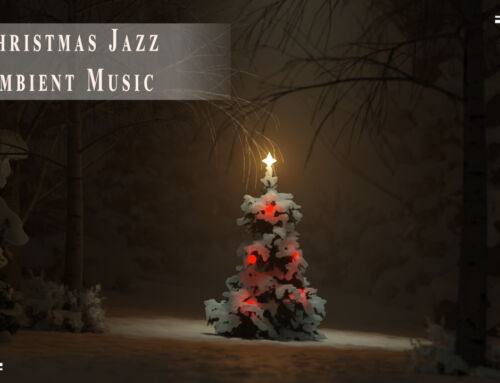



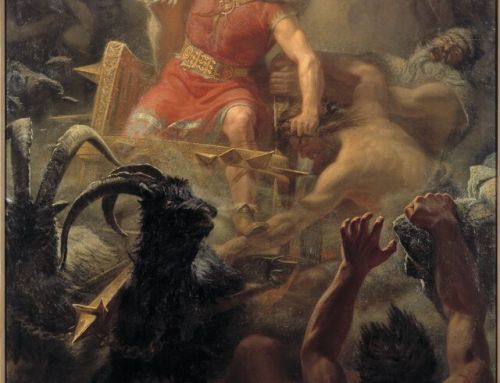
[…] How to terrify your readers with a well-written monster: How to Terrify your readers with a well-written Monster! […]